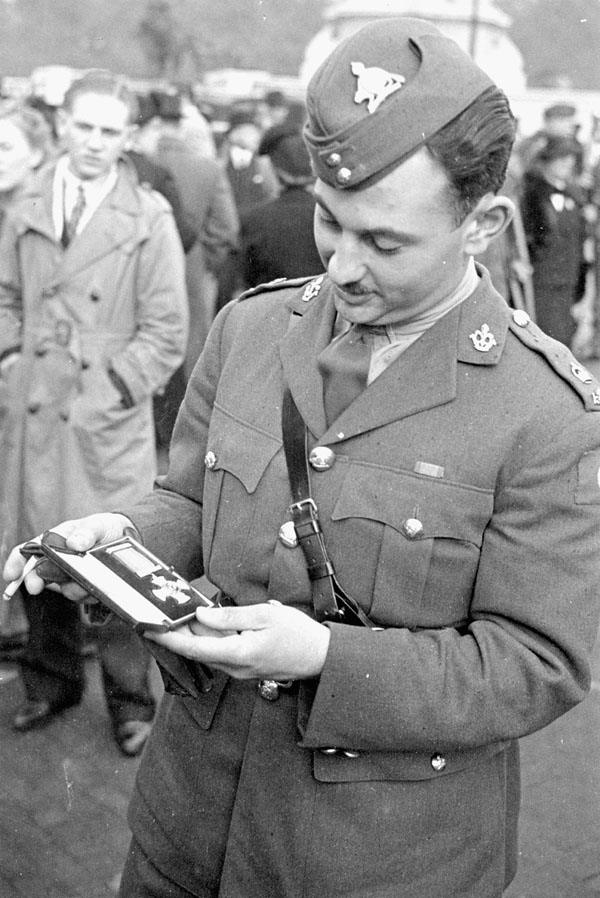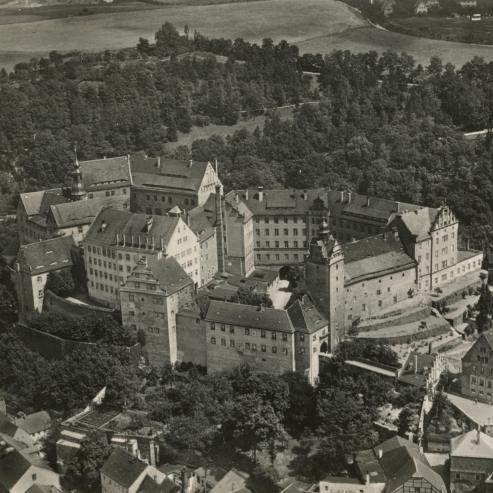BETWEEN MYTH AND TRUTH
AFTER THE RAID
Many journalists who embedded with the soldiers at Dieppe at Mountbatten’s invitation saw the raid firsthand. Instead of witnessing a success, they instead watched one of the war’s greatest military disasters unfold. The saying that the truth is the first casualty of war applies here, as many media presented the operation as a great success in the first days. However, the list of losses reported to the victims’ families told the truth: Dieppe was a major massacre that could have been avoided.

It was difficult to admit to the victims’ families that the raid was a complete failure. Although poor planning by the COHQ and the responsibility of Canadian generals may have been key factors, the fact remained that Operation Jubilee was primarily motivated by politics rather than a real military need. Churchill wanted to make a good impression on the Allies. Mountbatten wanted to advance his career. The Canadian generals wanted to enhance the prestige of the Canadian army. The soldiers sent to Dieppe wanted to fight tyranny.

Left: The beach at Dieppe after its capture by the Allies in 1944 (source: Library Archive Canada).
OPERATION JUBILEE AND QUEBEC
Dieppe has a particular legacy in Quebec. The day after the operation, Commander Dollard Ménard and FMR Chaplain Joseph-Armand Sabourin asked the media to highlight the bravery of French Canadians at Dieppe. However, after the war, Quebec society became very anti-military, and different publications—from literary works to school textbooks—spoke less and less about the raid.
During the 1960s and 1970s, leftist and sovereigntist movements used the raid as an example of how Quebeckers were manipulated by Great Britain and the rest of Canada. The FMR soldiers who died during the raid were perceived as both oppressed victims and clear losers in the war. In the years that followed, the memory of the war became frozen in time, with only the conscription crisis remembered as a significant event in Quebec military history.
Right: During the October Crisis in 1970, the Front de libération du Québec sent out a communiqué announcing the death of Minister Pierre Laporte by a phantom cell named Dieppe, named from a desire to avenge the French-Canadian soldiers who died at Dieppe.
This propaganda poster printed during the war features Lieutenant-Colonel Dollard Ménard and talks about his injuries sustained during the raid. This type of advertising was used to enlist French Canadians during the war (source: Library and Archives Canada).
A PART OF HISTORY
Many myths have developed around the Dieppe Raid. For example, in Quebec, many people thought that French-speaking soldiers were intentionally used as cannon fodder to test the German defences. Many Quebeckers associate the raid with the massacre of French-speaking soldiers and ignore that many English Canadian and British soldiers also died on the beach.
Members of the Royal Hamilton Light Infantry visit the graves of Canadian soldiers who died at Dieppe. Photo taken on September 1, 1944 at the Dieppe Cemetery (source: Library Archive Canada).
It is therefore the job of historians to analyze sources and deconstruct the actual events, even if this can be very complicated and cause great debate. The Dieppe Raid has been written about extensively. The question of who was responsible for the operation has been actively debated among historians, who split the blame between Mountbatten, the Canadian generals, and Churchill.
Debates have also raged about the lessons drawn from the raid and how they influenced the Normandy landings in 1944. Mountbatten was the first to insist that Dieppe was crucial to the success of the D-Day landings. His many public statements have long influenced the collective imagination about the raid, and historians have had to put in a lot of work to dispel his claims. After a great deal of research carried out since the end of the war, specialists have concluded that there was no link between the two operations: Normandy would have turned out how it did no matter the result at Dieppe.
Left: Major Marie-Edmond Paul Garneau of the 22nd Regiment was assigned to a landing craft during the Dieppe Raid. During the operation, he safely steered the ship, which was heavily damaged from enemy fire, to join the rest of the fleet. He was awarded the Distinguished Service Order for his actions.
Right: Arthur Fraser received this medal from the government for his service at Dieppe.
GOING BACK TO DIEPPE
On September 1, 1944, after the successful landing at Normandy, the Allies launched Operation Fusilade to liberate the town of Dieppe. Because the German army had evacuated the city before the arrival of the 14th Canadian Hussars from Saskatchewan, Dieppe was captured without any opposition. A few days later, the Canadian soldiers organized a memorial ceremony at the Dieppe cemetery in honour of their comrades who had died two years earlier. Buried in France, these men would never be able to return home, yet their memories live on.









